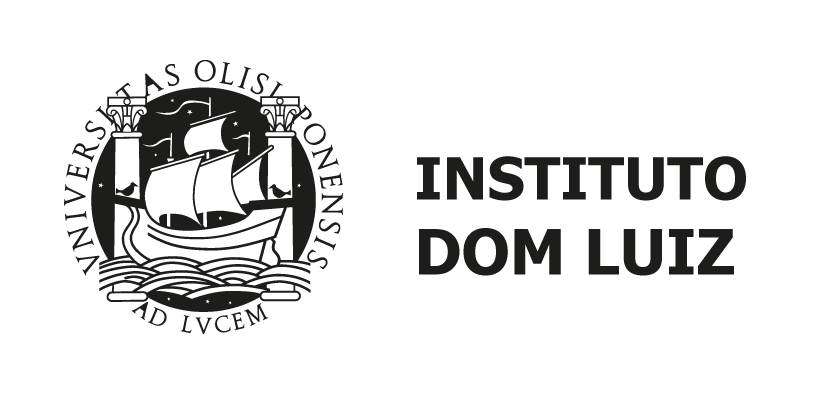Marta Oliveira Panão
Profile
Research Group: RG4 – Renewable energy & sustainability
Job: Assistant Professor
Email: mopanao@ciencias.ulisboa.pt
Room: 8.3.24
Academic Degree and field of specialization:
Eng. Physics (IST), MSc (IST), PhD in Mechanical Engineering (IST)
Scientific Informations
ORCID: http://orcid.org/0000-0002-5958-6830
SCOPUS ID: https://www.scopus.com/authid/detail.uri?authorId=15763331000
Researcher ID: https://publons.com/researcher/1202040/marta-j-n-oliveira-panao/
Research Gate: https://www.researchgate.net/profile/Marta_Oliveira_Panao
Scientific Interests
Main Interests:
Building stock energy models;
Energy Performance Certification and Net-ZEB;
RC modelling of buildings thermal performance;
Demand energy flexibility
Energy sufficiency
Top 10 Publications:
Simões J.C., Oliveira Panão M.J.N.O., Carrilho da Graça G. (2023). Development of a soft sensor for thermal inertia-based building electrical demand flexibility, Energy and Buildings, 295, 113341.
Melo F.C., Carrilho da Graça G., Oliveira Panão M.J.N. (2023). A review of annual, monthly, and hourly electricity use in buildings, Energy and Buildings, 293, 113201.
Oliveira Panão M.J.N. (2021). Lessons learnt from using energy poverty expenditure-based indicators in a mild winter climate, Energy and Buildings, 242, 110936.
Figueiredo R., Nunes P., Oliveira Panão M.J.N., Brito M.C. (2020). Country residential building stock electricity demand in future climate – Portuguese case study, Energy and Buildings, 209, 109694.
Oliveira Panão M.J.N., Mateus N.M., Carrilho da Graça G. (2019). Measured and modeled performance of internal mass as a thermal energy battery for energy flexible residential buildings, Applied Energy, 239, pp. 252-267.
Oliveira Panão M.J.N., Brito M.C. (2018). Modelling aggregate hourly electricity consumption based on bottom-up building stock, Energy and Buildings, 170, pp. 170-182.
Fonseca J.N.B., Oliveira Panao M.J.N. (2017). Monte Carlo housing stock model to predict the energy performance indicators, Energy and Buildings, 152, pp. 503-515.
Oliveira Panao M.J.N. (2016). The overall renewable energy fraction: An alternative performance indicator for evaluating Net Zero Energy Buildings, Energy and Buildings, 127, pp. 736-747.
Oliveira Panao M.J.N., Santos C.A.P., Mateus N.M., Carrilho da Graça G. (2016). Validation of a lumped RC model for thermal simulation of a double skin natural and mechanical ventilated test cell, Energy and Buildings, 121, pp. 92-103.
Oliveira Panão M.J.N., Rebelo, M.P., Camelo S.M.L. (2013). How low should be the energy requirements by a nearly Zero-Energy Building? The load/generation energy balance of Mediterranean housing, Energy and Buildings, vol. 61, pp. 161-171.
Projects (10 most relevant):
SMILE - Sintra Motion & Innovation for Low Emissions (2021/2024)
SATO - Self Assessment Towards Optimization of Building Energy (2020/2024).
Solar potential in the urban environment, PVcity (2015/2108).
Urban data driven models for creative and resourceful urban transitions, SusCity (2015/2018).

